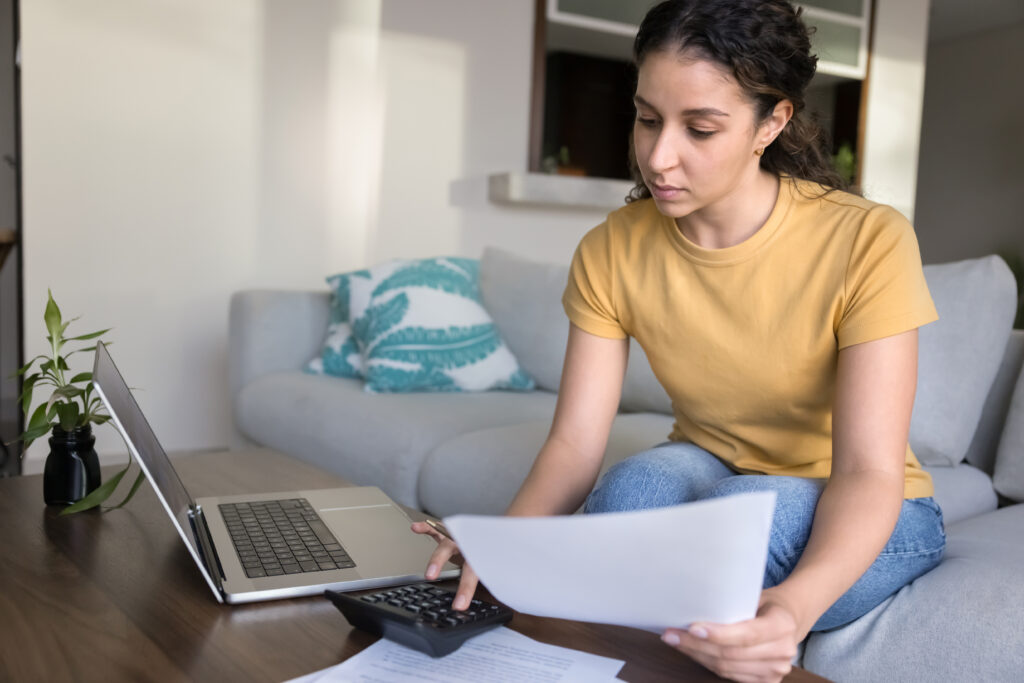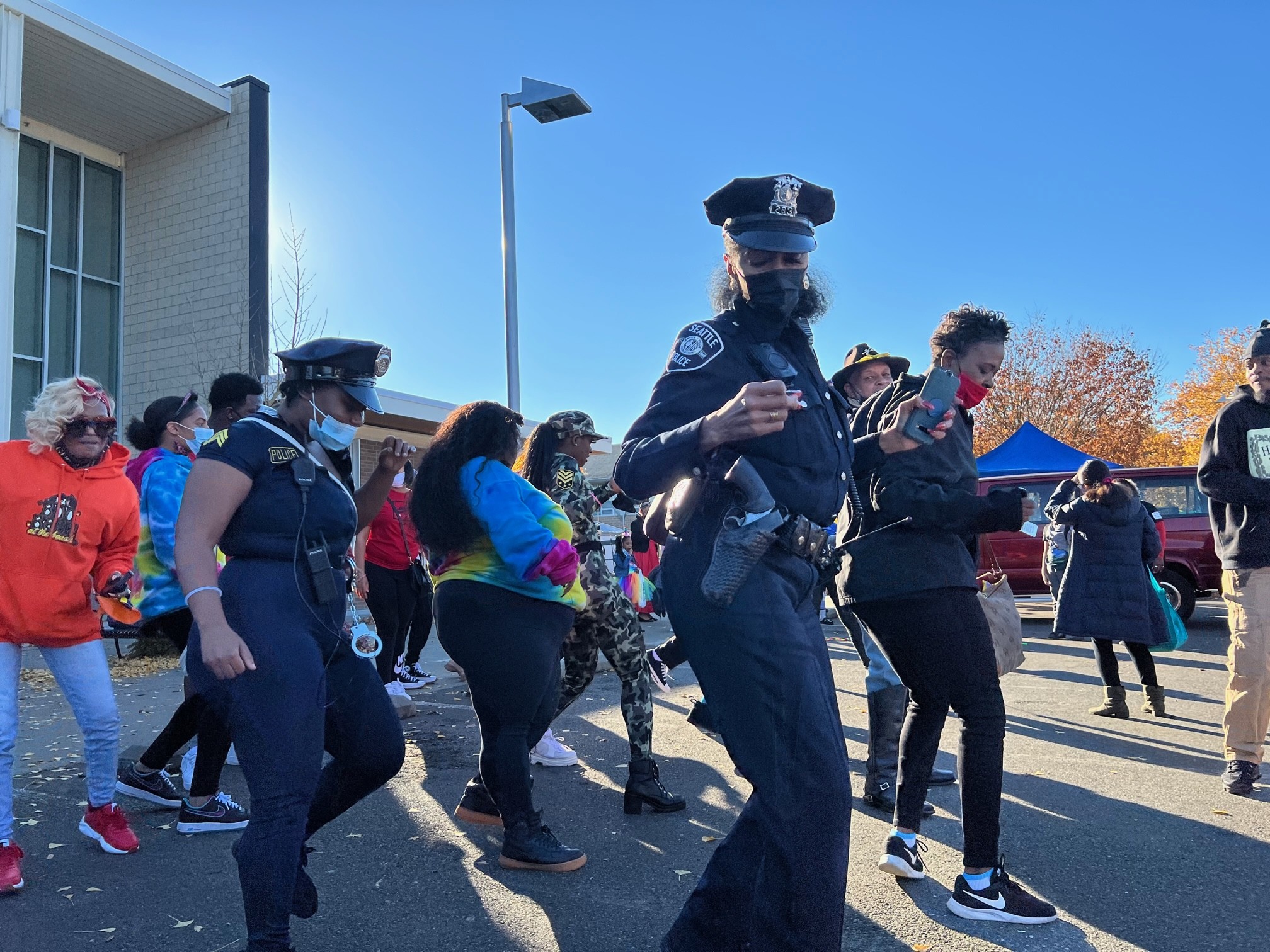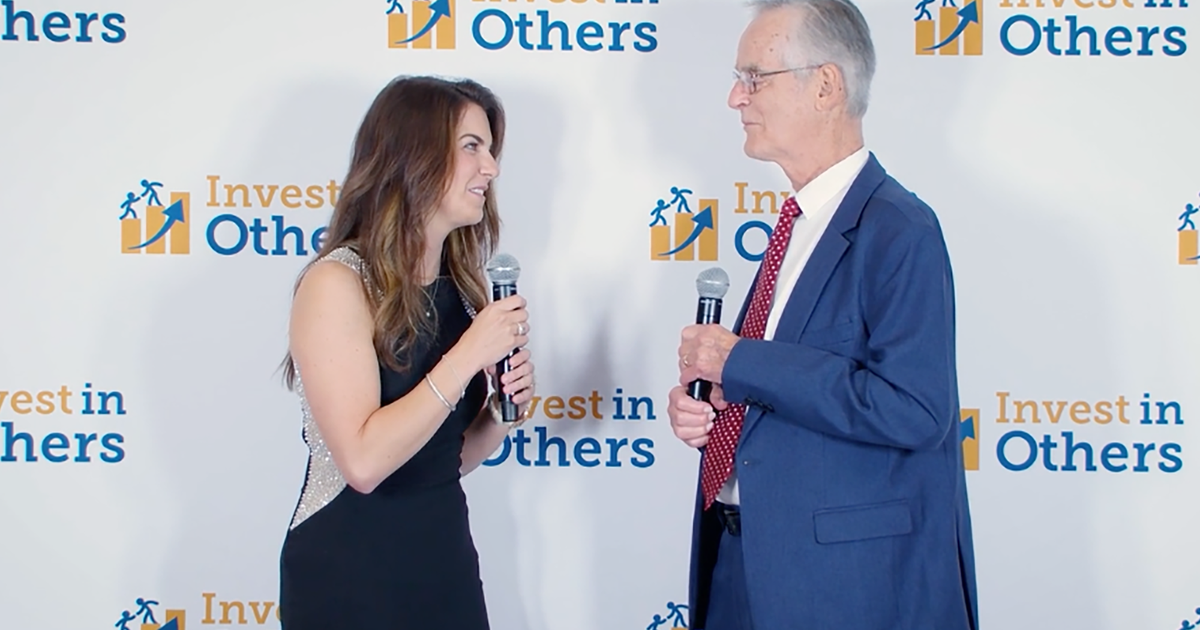What is Unsecured Debt? Essential Guide to Credit & Risk


Unsecured debt is any debt that is not backed by collateral. Credit cards, student loans, medical bills, and store charge accounts are examples of unsecured debt. They are supported only by the borrower’s promise to pay. Car loans and mortgages are considered secured. A lender can force the sale of the items for which the loans were written. This helps them get back any losses if a borrower doesn’t meet the loan terms.
With this in mind, here are some things you should know about unsecured debt.
Unsecured debt is more of a risk to a lender, so it usually has higher interest rates. Lenders charge more in interest payments to offset that risk. Some borrowers can get better interest rates than others, depending on their credit score.
Borrowers with “good” or “excellent” scores will usually pay less for an unsecured loan compared to those with “fair” or “poor” scores.
According to FICO, credit scores fall into the following categories:
Credit scores are based on data from the three credit reporting bureaus: Experian, Equifax, and TransUnion. These companies are notified when consumers apply for credit. They’re also notified when consumers make purchases or payments on credit accounts.
Borrowers with fair scores may have trouble getting unsecured financing at reasonable rates. This is even harder for borrowers with poor scores. These applicants may have their requests denied or need someone to co-sign their loans.
Lenders may not have property to take, but they can seek legal help as a last resort. Before that, they add late fees and raise interest rates. This is to show borrowers how serious they are. Agents for the creditors may also try to contact borrowers to try to work out repayment plans.
If all of this fails, unsecured debts are often sold to collection agencies. This could make it hard for borrowers to find any type of financing in the future.
Worse yet, creditors can sue in court if loan terms are broken. If the courts agree with them, wages and other income can be garnished. Laws vary by state, but some personal assets can also be seized.
Unsecured loans are based on the borrower’s promise to pay. But lenders have ways to get their money if the loans aren’t paid. Borrowers should have a solid plan for repaying debts before taking out unsecured loans—or any loan.
Dealing with debt can be hard. It’s tough when interest rates are high and you worry about not paying. If you feel stressed or lost, know you’re not alone. There are ways to get help.
At National Debt Relief, we help people like you handle these tough times. If you’re feeling overwhelmed by unsecured debts, we’re here for you. Reach out today for a free debt consultation
The content provided is intended for informational purposes only. Estimates or statements contained within may be based on prior results or from third parties. The views expressed in these materials are those of the author and may not reflect the view of National Debt Relief. We make no guarantees that the information contained on this site will be accurate or applicable and results may vary depending on individual situations. Contact a financial and/or tax professional regarding your specific financial and tax situation. Please visit our terms of service for full terms governing the use this site.

In 2014, after a string of violent incidents with guns hit Rainier Beach, WA, parents were scared to have their...

John Lyons of J Lyons Fund Management, Inc. | Interactive Brokers in Deerfield, Ill., was named the recipient of the 2025...

When debt feels overwhelming, it’s tempting to look at your 401(k) balance and think, “I could wipe this all away...